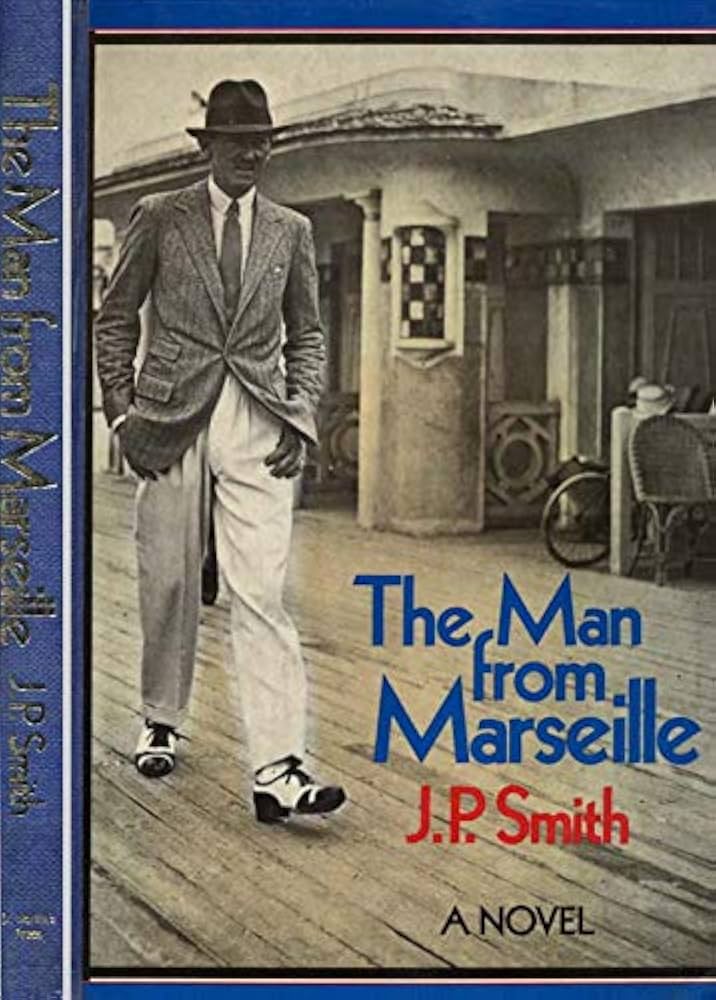Alright, so I messed around with this “man of marseilles” thing today. Here’s how it went down.

First off, I saw it mentioned somewhere – can’t remember exactly where, probably some forum or something. Sounded interesting, something about encoding or decoding… I’m always up for a challenge.
So, I started digging around. Found some online resources explaining the basic concept. Essentially, it’s a way to turn a message into a series of numbers, and then back again. Kinda like a simple cipher. I wasn’t aiming for crazy top security, I just wanted to see how it worked.
I decided to start with a really simple example. Just the word “HELLO”. I grabbed a piece of paper and started assigning numbers to each letter, based on the alphabet. A=1, B=2, you get the idea. So, “HELLO” became 8-5-12-12-15.
Next, I needed to encode it using the “man of marseilles” method. This involves adding a “key” number to each of the original numbers. I chose a key of 7, just randomly. So, 8+7=15, 5+7=12, 12+7=19, 12+7=19, 15+7=22. My encoded message was now 15-12-19-19-22.
Then, to make it a bit harder to crack, I decided to add a checksum. This is just a number calculated from the encoded message. I added all the encoded numbers together: 15+12+19+19+22 = 87. Then I divided by the number of digits in the encoded message (5) and kept the remainder: 87 % 5 = 2. This ‘2’ became my checksum.

So, the final message, ready to be sent off to someone (or just stored for later) was: 15-12-19-19-22-2.
Now for the fun part: decoding! I wrote down the encoded message: 15-12-19-19-22-2. First, I needed to verify the checksum. I added up the first five numbers again: 15+12+19+19+22 = 87. Then I did the modulo operation: 87 % 5 = 2. The result matched the checksum in the message, so I knew the message hadn’t been corrupted.
Next, I had to reverse the encoding. Remember that key of 7 I used? I subtracted 7 from each of the encoded numbers: 15-7=8, 12-7=5, 19-7=12, 19-7=12, 22-7=15. This gave me 8-5-12-12-15.
Finally, I converted these numbers back into letters, using the same A=1, B=2 system. 8=H, 5=E, 12=L, 12=L, 15=O. And there it was: HELLO!
Success! It actually worked. It’s a really simple method, but it was kinda cool to see it in action.

- What I learned: The basic principles of simple encoding and decoding.
- What I’d do differently next time: Try a more complex key generation method, or maybe even use a different checksum algorithm.
Anyway, that’s my “man of marseilles” adventure for today. Pretty basic, but a fun little project.
